After the raucousness of yesterday’s alternative culture and punk of Camden Town today we enjoyed the more staid and conservative atmosphere of Greenwich. Today we also got more confident at getting around on the tube as efficiently as possible doing multiple trips with transfers using different lines. The only unsettling incident occurred before Bond Street station when the train came to a screeching halt. The old trains are deafeningly noisy (the new Elizabeth Line trains are serenely quiet in comparison) and it was quite eerie sitting there in total silence as the engines shut down. The carriages were packed as it was still rush hour but nobody seemed to be at all concerned. Twice there were garbled unintelligible announcements from the driver. We were wondering how on earth do you get out of here, hundreds of feet below ground in a tunnel. After 15 minutes the engines noisily came to life and the train suddenly took off.
We escaped the underground at Westminster where we transferred to the Uber Boat which is a commuter boat running up and down the Thames River. You can use your Oyster Card on this boat so it is just an extension of the bus and train system. Being on the river is a great way to see a lot of London’s icons; the Palace of Westminster, the London Eye, St Paul’s Cathedral, the Tate Modern, The Tower of London, The Shard, Canary Wharf etc and going under all the bridges: Hungerford, Waterloo, Blackfriars, Millennium, Southwark, London, and Tower bridges. It takes about 50 minutes from Westminster to Greenwich with about half a dozen stops to pick up and drop off passengers.
The first landmark at Greenwich is the Cutty Sark, the last of the great clipper ships that sailed between China and England in the 19th century. We didn’t go into the ship but is a great museum with films, interactive maps, plenty of illustrations and props so you can relive the life on board a tea clipper in the late 19th century.
From the Cutty Sark we explored Greenwich which is a lovely small town full of Georgian and Victorian architecture, cafes, pubs, a theatre, a fan museum, boutique shops. There is also a covered market. There has been a market here since the 14th century and the present market dates from the 1700s.
We stopped in the market for a coffee and something to eat. It is rare to find a long black in the UK (it is a New Zealand and Australia thing) but we have discovered if you order a double shot espresso and get some hot water on the side you can concoct your own long black. The young lady at Ideal Espresso made us a very, very good coffee, Next door at Portuguese Treats we bought some Jesuitas – puff pastry with custard, chocolate, cinnamon and roasted almonds – yummy!
From the market we called into the Greenwich Visitor Information Centre in the old Royal College, passed the statue of Sir Walter Raleigh, to the University of Greenwich housed in the Naval Hospital which then became the Old Royal Navy College. This is a Sir Christopher Wren masterpiece. It is in two separate halves to protect the river views from the Queen’s House further up the hill. The Queen’s House is a Palladian design by another heroic architect, Inigo Jones. From The Queen’s House we had a quick look at an incredibly detailed replica of Nelson’s flagship HMS Victory, in a large glass bottle.
From the ship in a bottle it is an easy climb up through one of London’s loveliest expanses of green, Greenwich Park. It covers 73 acres and is the oldest of the enclosed Royal parks, with picturesque walks, a rose garden and many wonderful mature trees. At the top of the hill is the Royal Observatory with the Prime Meridian.
The prime meridian, arbitrarily set by international agreement in 1884, is the line from the north to south poles that defines 00°00’ 00”. This line slices earth into east and west and visitors including us can straddle both hemispheres with one foot either side of the meridian line. The original observatory building, Flamsteed House, is where the Astronomer Royal and his family lived and worked. The buildings now contain brilliant galleries explaining how the longitude problem – how to accurately determine a ship’s east/west location – was solved through astronomical means and the development of accurate chronometers. Also at Flamsteed House every day at 1pm the red time ball is dropped, as it has done every day since 1833.
After watching the time ball drop we had our lunch in the Meridian Garden behind the observatory and then made our way back down through Greenwich Park to get the Uber Boat back to Westminster and the tube to Paddington. A wonderful day if you are interested in astronomy, time keeping, latitude and longitude and some of the great scientific minds of 17th , 18th and 19th centuries.
- Topping up the Oyster Card, Queensway
- Swiping through the tyrnstile, Queensway
- Palace of Westminster, London
- The Elizabeth Tower and Queen Boudiccan, London
- Palace of Westminster and the Elizabeth Tower (houses the bell Big Ben), London
- Uber Boat and the London Eye
- Palace of Westminster from the Uber Boat, River Thames
- Palace of Westminster and the Elizabeth Tower, London from the River Thames
- The London Eye from the Uber Boat
- The London Eye from the Uber Boat, River Thames
- Waterloo Bridge and Hungerford Bridge, River Thames
- St Paul’s Cathedral and the Millennium Bridge, River Thames
- The Tate Modern from the Uber Boat, River Thames
- HMS Belfast and the Shard, from Uber Boat River Thames
- The Tower of London from the River Thames
- Tower Bridge from the Uber Boat, River Thames
- Tower Bridge from the Uber Boat, River Thames
- Tower Bridge and the Shard from the Uber Boat, River Thames
- First appearance of Paul on this holiday, Uber Boat, River Thames
- The Cutty Sark Greenwich
- The Cutty Sark Greenwich
- The Cutty Sark Greenwich
- Greenwich
- Greenwich
- Greenwich Market – from 1737
- Greenwich Market
- Greenwich Market – great coffee from ideal Espresso
- Greenwich Market – tasting a JusuItas Portuguese Treat
- Varieties of Scotch Eggs, Greenwich Market
- Portuguese Treats Greenwich Market
- Visitor Centre Greenwich
- Sir Walter Raleigh Greenwich
- Greenwich Old Royal Naval Hospital
- Greenwich Old Royal Naval Hospital
- Gates at Old Royal Naval Hospital Greenwich
- Greenwich Old Royal Naval Hospital
- Greenwich Old Royal Naval Hospital
- Greenwich Old Royal Naval Hospital
- King William Court, Old Royal Naval Hospital
- King William Court, Old Royal Naval Hospital
- Greenwich Old Royal Naval Hospital
- Gate detail at Old Royal Naval Hospital Greenwich
- Gate detail at Old Royal Naval Hospital Greenwich
- Queen’s House Greenwich
- Queen’s House Greenwich
- Old Royal Naval Hospital Greenwich
- Queen’s House Greenwich
- Queen’s House Greenwich
- Queen’s House Collanade Greenwich
- Queen’s House Greenwich
- Nelson’s Flag Ship Victory in a bottle, Greenwich
- The Royal Observatory Greenwich
- The Royal Observatory Greenwich
- The Royal Observatory Greenwich
- The Queen’s House from the Royal Observatory
- The Royal Observatory Greenwich
- The Queen’s House from the Royal Observatory
- The Royal Observatory Greenwich
- The Prime Meridian, Royal Observatory Greenwich
- The Prime Meridian, Royal Observatory Greenwich
- The Royal Observatory Greenwich
- The Royal Observatory Greenwich
- The Royal Observatory Greenwich
- The Royal Observatory Greenwich
- The Royal Observatory Greenwich, Octagonal Room on left
- The Octagonal Room, Royal Observatory Greenwich
- The Octagonal Room, Royal Observatory Greenwich
- The Octagonal Room, Royal Observatory Greenwich, clocks with 13 feet pendulums
- The Octagonal Room, Royal Observatory Greenwich, replica telescope
- Harrison’s First Time Keeper, 1736, took two years to build, Royal Observatory Greenwich
- Harrison’s First Time Keeper, 1736, took two years to build, Royal Observatory Greenwich
- Harrison’s Second Timekeeper, Royal Observatory Greenwich
- Lunch at the Royal Observatory Greenwich
- Lunch at the Royal Observatory Greenwich
- Royal Observatory Greenwich
- Waiting for the Time Nall to fall, Royal Observatory Greenwich
- The Time Ball about to fall, 1pm, Royal Observatory Greenwich
- The Time Ball is falling, 1pm, Royal Observatory Greenwich
- The Time Ball has fallen, 1pm, Royal Observatory Greenwich
- Airy Transit Circle 1853, timed the stars as they crossed the Prime Meridian, Royal Observatory Greenwich
- The Royal Observatory Greenwich Time Ball
- The Great Equatorial Telescope, 1893, Royal Observatory Greenwich
- The Great Equatorial Telescope, 1893, Royal Observatory Greenwich
- The Shephard 24 hr Gate clock, electrical from 1852, always shows GMT
- The standard British yard, two feet, one foot, six inches and three inches, Greenwich
- Greenwich
- St Alfege Church, Greenwich
- St Alfege Church, Greenwich
- St Alfege Church, Greenwich
- St Alfege Church, Greenwich
- Greenwich
- Greenwich
- Greenwich
- The Cutty Sark Greenwich
- The Cutty Sark Greenwich
- The Cutty Sark Greenwich

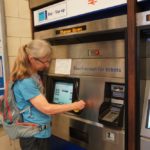
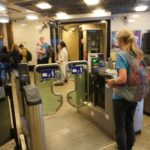
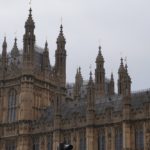
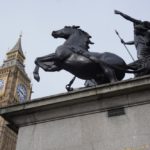
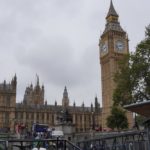
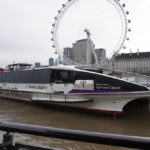
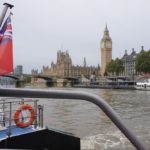
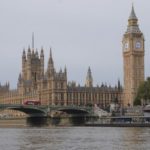
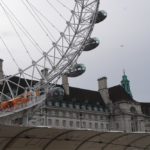
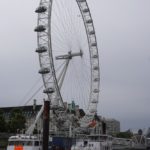
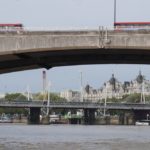
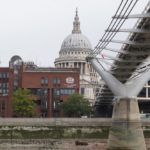
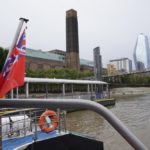
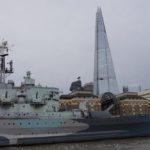
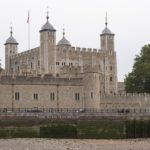
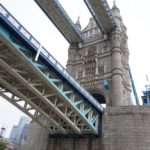
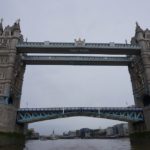
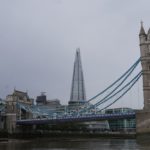
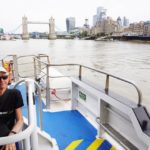
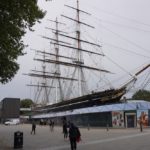
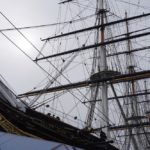
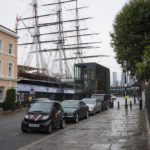
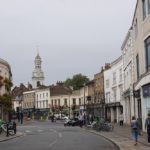
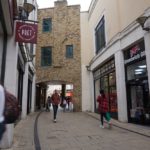
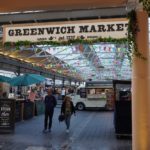
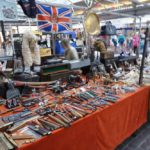
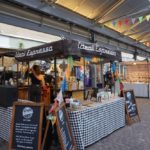
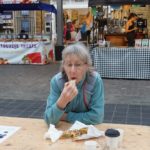
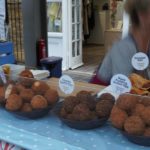
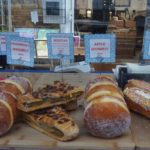
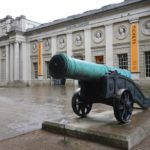
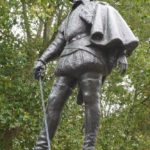
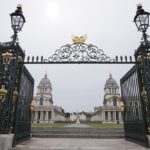
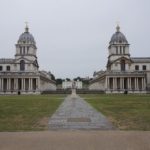
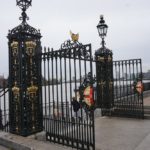
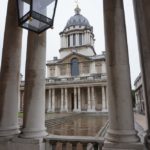
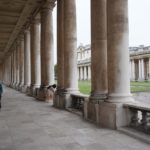
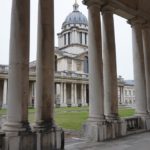
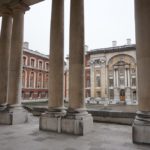
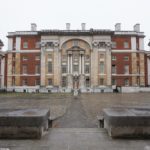
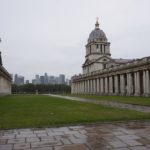
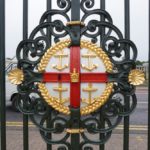
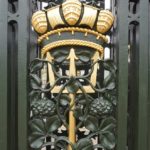
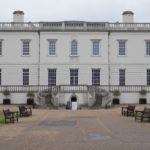
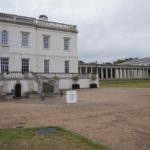
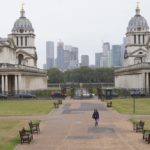
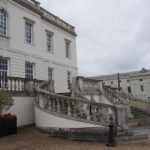
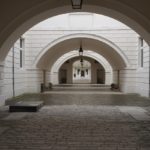
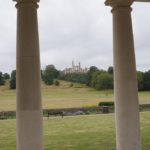
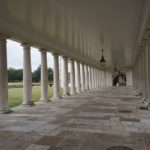
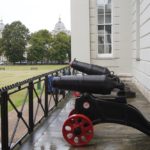
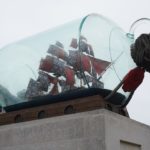
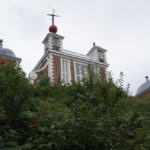
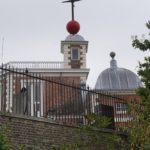
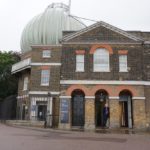
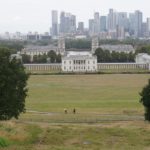
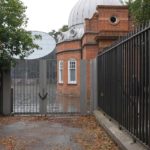
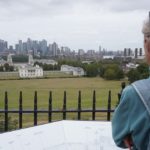
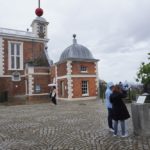
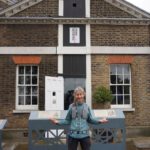
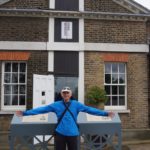
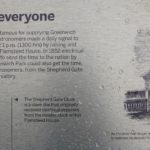
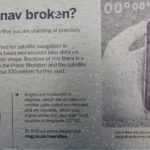
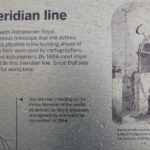
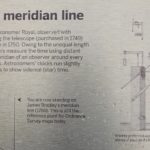
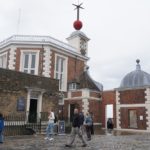
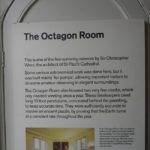
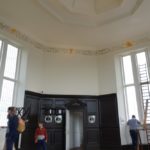
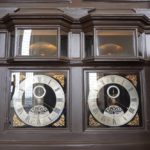
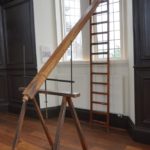
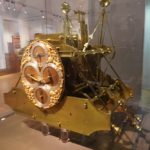
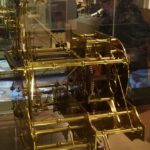
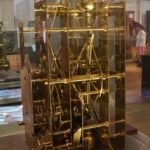
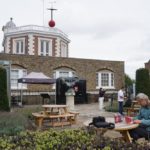
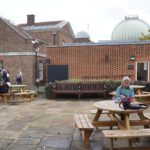
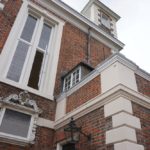
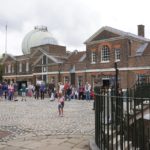
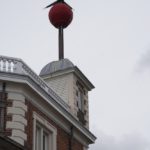
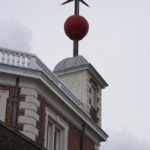
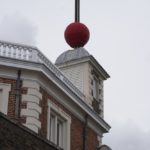
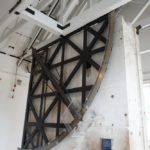
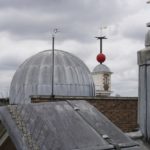
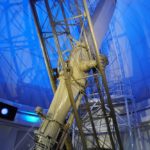
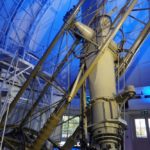
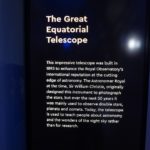
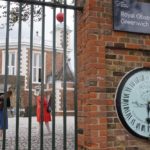
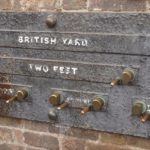
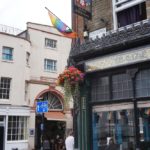
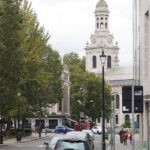
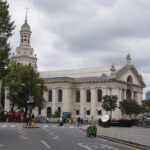
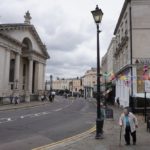
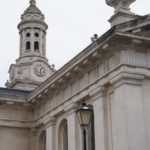
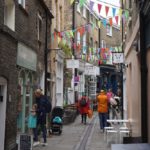
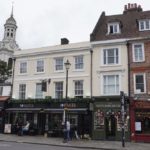
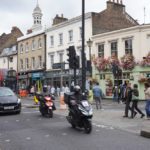
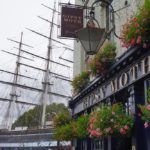
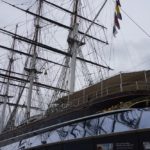
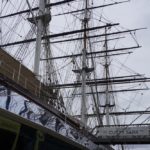
If you are interested there is a great book by Dava Sobel called Longitude – all about what John Harrison had to go through to create the chonometer. Seeing the first three prototypes -and the final handheld version at Greenwich was a highlight for us when we went there with the boys.
chronometer – oops